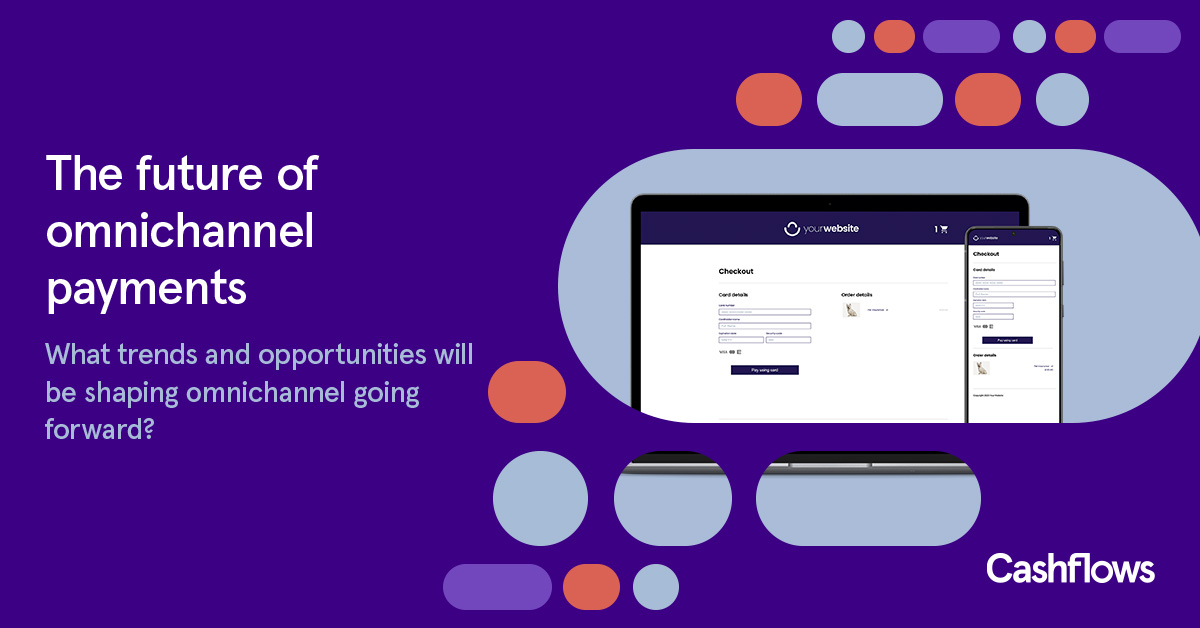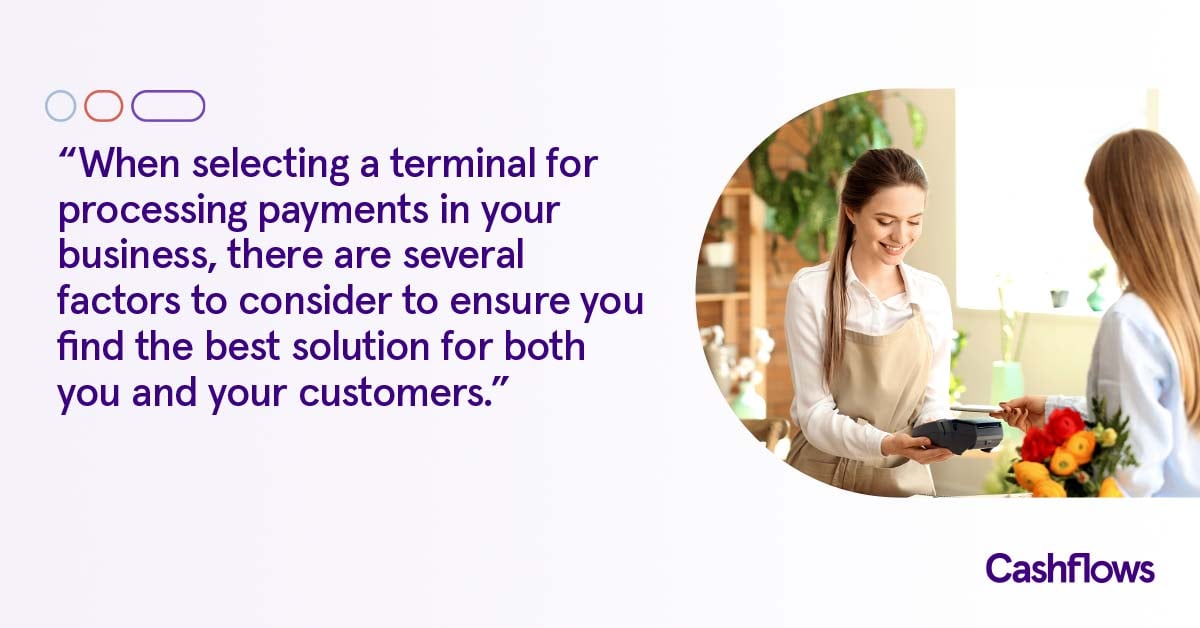Omnichannel payments is already opening up doors to better integration, smoother customer experiences, and comprehensive data, providing businesses with opportunities for growth, but as omnichannel payments become increasingly universal, what future trends and opportunities can we expect to see as a result?
Ultimately, consolidating payments journeys into one unified experience will naturally give greater oversight of user experience and tracking – it’s far easier to monitor one system and have one port of call for data than one for every channel. This will lead to greater innovation within the payments space, as once systems are consolidated, they can be improved.
Here’s what you can expect to see from omnichannel payments going forwards:
Mobile Commerce Integration
As smartphones have become more integral to consumers' lives, integrating mobile commerce with omnichannel payments was predicted to become more sophisticated. Retailers leverage mobile apps to offer seamless shopping experiences, combining in-store and online purchases, enabling consumers to check stock availability across in-person and online channels, and creating greater brand loyalty1.
Voice-Enabled Payments
With the proliferation of voice-activated devices like smart speakers and virtual assistants, voice-enabled payments anticipated to gain traction. Consumers going forward will be able to initiate transactions using voice commands, providing a new dimension to the omnichannel experience2.
Single Customer View
Convergence of online and offline customer data expected to lead to the development of unified customer profiles. This allows businesses to provide personalised experiences across various channels, recognising customer preferences and transaction histories. This will enable businesses to tailor their offerings, benefits, and rewards to their customers.
Biometric Authentication
Biometric authentication methods, such as fingerprint recognition, facial recognition, and even iris scanning, seen as potential means of enhancing payment security and convenience. This will reduce the reliance on traditional authentication methods like passwords, give more options for two-factor authentication, and make transactions faster and smoother.
Blockchain and Cryptocurrency
The potential integration of blockchain technology and cryptocurrencies into omnichannel payment systems could offer improved security, traceability, and potentially reduced transaction costs3.
Subscription and Recurring Payments
With the rise of subscription-based business models, there has been a marked increase in recurring payment solutions. Businesses offering subscription services that seamlessly span different channels will be able to provide a unified customer experience and multiple touchpoints for customers to have greater control over their subscriptions.
Augmented Reality (AR) and Virtual Reality (VR) Payments
AR and VR technologies have the potential to transform the way consumers shop and pay. Retailers have already started to use these technologies to create immersive shopping experiences, enabling virtual try on, customisation of products, and allowing customers to visualize products and make purchases within virtual environments4.
Data-Driven Insights
As businesses collect more data from various channels, analytics and data-driven insights were expected to play a significant role in understanding customer behaviour and optimizing the omnichannel payment experience.
Personalised Payment Plans
With advancements in AI and machine learning, experts speculated that retailers could offer personalised payment plans based on customers' financial behaviours and preferences5. This could enhance affordability and encourage larger purchases.
Want your business to be able to provide cutting-edge customer experiences? Contact us about omnichannel payments here, or learn more about how we can support your business growth by improving your payments here.
Sources:
1 Deloitte
2 Plat.ai
4 Time


